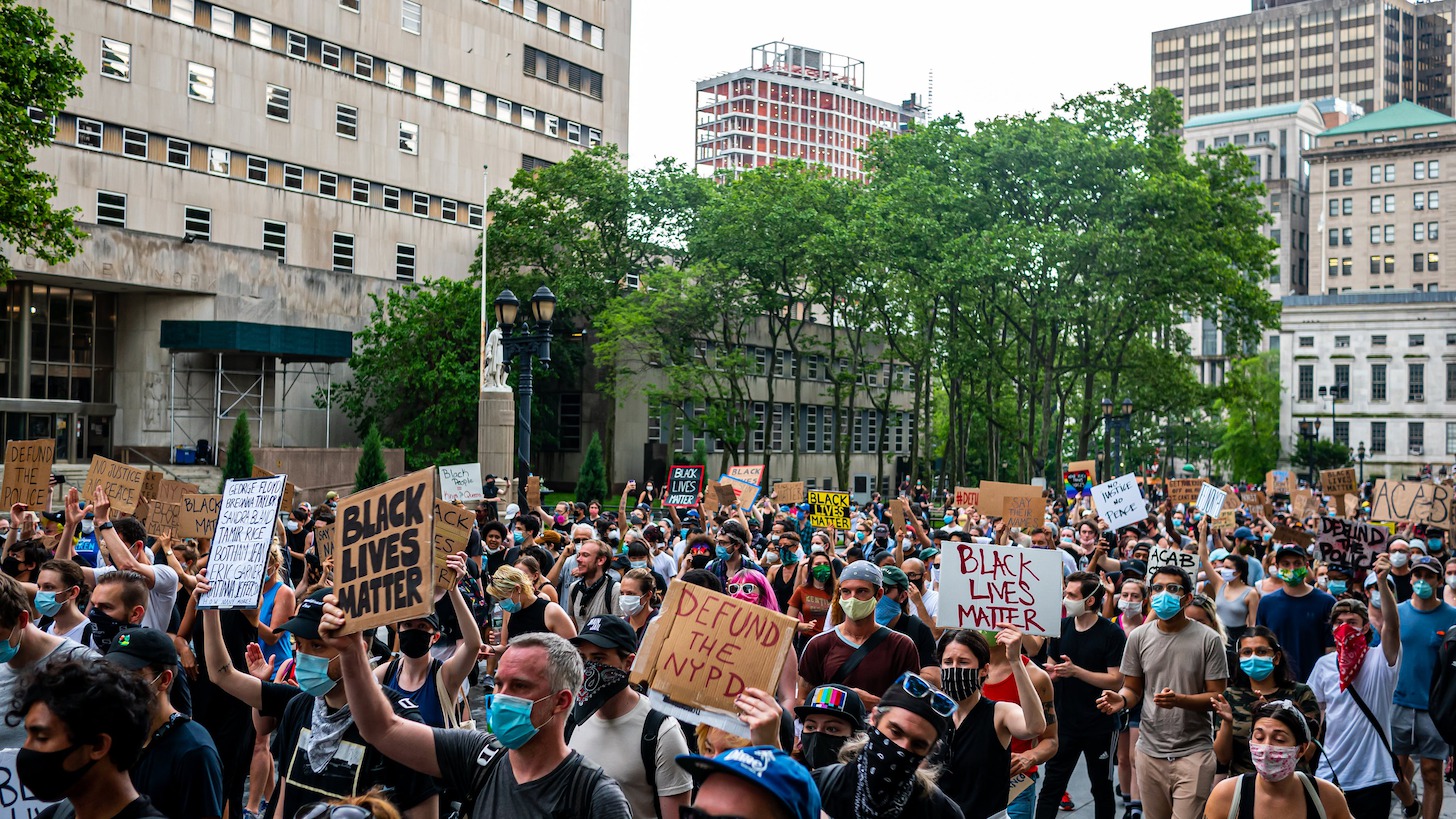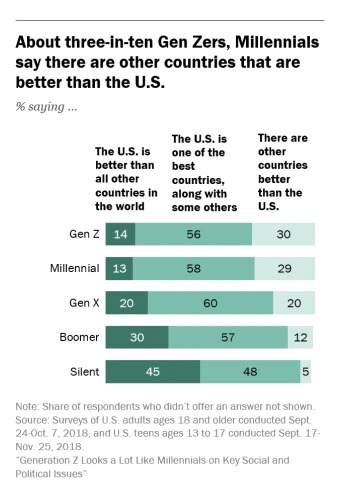Opinion: Is The Dnc Doa?
Generational Gaps Show Disparity Between Party, Young Voters


Arguably one of the most damning graphs from the study of Gen Z versus Boomers.
Pew Research Center




